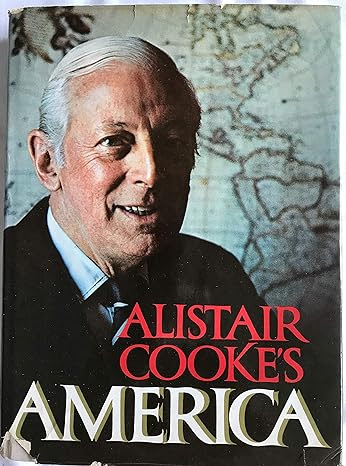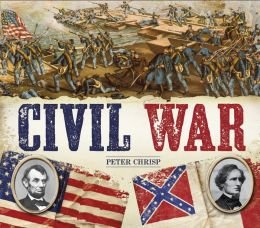FOR the COMMON DEFENSE: A MILITARY HISTORY of the UNITED STATES of AMERICA by Allan R. Millett and Peter Maslowski

Originally published in 1984 by The Free Press. Note: This is a review of the original version of this book, published in 1984 and ending with the first Reagan administration. It has been expanded and updated to include events up to 2012. Soldiers in the Korean War in 1950. Way back in my undergrad days at Indiana University I took a class called American Military History . It was taught by a visiting professor from West Point and this book was an excellent choice for the text for the class. For 30+ years I have carried this book around with me - through 5 different moves and who knows how many book shelves this book was the anchor of my history section because it is quite beefy. But, I decided it was time to clear out some books. Technically, this book was a re-read but I didn't really remember anything from all of those years ago so... The book starts with colonial defense and moves along with the same format up through the early 1980's. There is a chapter about a


















